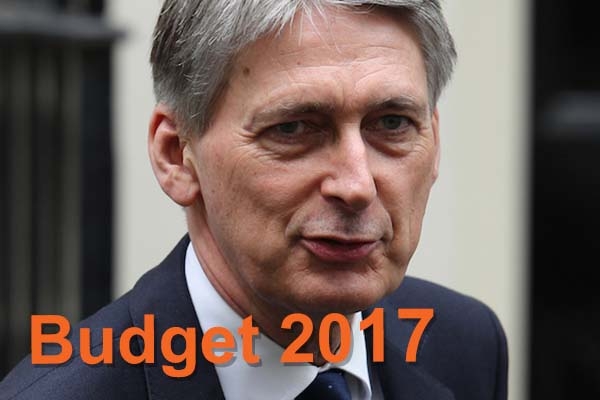
- Home
- News
- IFP Member News
- Lee Warren puts Surrey branch member under his spell
Budget Nov 17: EIS limit doubled to £2m for hi-tech companies

Chancellor Philip Hammond MP has doubled the annual investment limit for Enterprise Investment Schemes from £1m to £2m, as long as those schemes are hi-tech ‘knowledge-intensive companies.’
At the same time, in his Budget today Mr Hammond said he would crack down on EIS providers who offered low-risk schemes purely as a way to help wealthier individuals avoid tax. He said the purpose of EIS was to encourage riskier, more innovative companies and the tax break should not be abused.
The surprise move, after a wider crackdown was expected, will affect companies and individuals using the Enterprise Investment Scheme (EIS) and Venture Capital Trusts (VCTs), fund managers and other promoters and advisers associated with the EIS and VCTs.
This measure will mean that the annual limit for individuals investing in knowledge-intensive companies under the EIS will be increased to £2 million “provided that anything above £1 million is invested in knowledge-intensive companies.”
The annual EIS and VCT limit on the amount of tax-advantaged investments a knowledge-intensive company can receive will be increased to £10 million. There will also be greater flexibility on the rules determining whether a knowledge-intensive company meets the permitted maximum age requirement. The changes form part of the government response to the Patient Capital Review consultation.
The changes to EIS will apply to shares issued on or after 6 April. For VCTs the changes will apply to new qualifying investments made on or after 6 April.
It is estimated that approximately 4,000 individual investors are likely to benefit from this measure annually. Approximately 80 VCTs are currently active.
The Enterprise Investment Scheme Association (EISA) said EISs had received a “huge vote of confidence” from the government in today’s Budget.
Director general Mark Brownridge said: “The doubling of the investment limits for technology and other ‘knowledge intensive’ sectors demonstrate that the government recognises the power of EIS to help companies start-up and grow and is going to supercharge that in order to make the UK a leading worldwide power in the development of new technologies and innovative industries.
“The EIS Association and its members put a great deal of work into making detailed representations to HM Treasury in the run-up to this budget. We did so because there had been suggestions that wide-ranging changes to EIS were under serious consideration. We are therefore extremely pleased to see that no changes to EIS tax reliefs or holding periods will be introduced, nor will there be any new exclusions for certain sectors.”
Hugi Clarke, Director at Foresight Group, said: “The Chancellor’s decision to remove low risk EIS is designed to refocus these investments away from ‘low risk’ structures and towards innovative companies with the opportunity for growth. EIS has been acknowledged as a key component in supporting these businesses as evidenced by the doubling of investment limits for technology based ‘knowledge intensive’ companies.
“Importantly, the changes leave the unique tax advantages of this vehicle in place. An EIS remains attractive to those investors who can take advantage of the tax benefits and accept the associated risks. The ability to access 30% income tax relief, 40% IHT relief and up to 28% CGT deferral while enjoying the potential for significant upside compares favourably with ISA and pension alternatives and will continue to be an attractive part of a diversified portfolio.”
“The attraction of these products has meant that between April and October VCT inflows were up 100% against the same period last year while total fundraising is expected to exceed £800 million this year, the sector’s highest ever.”
